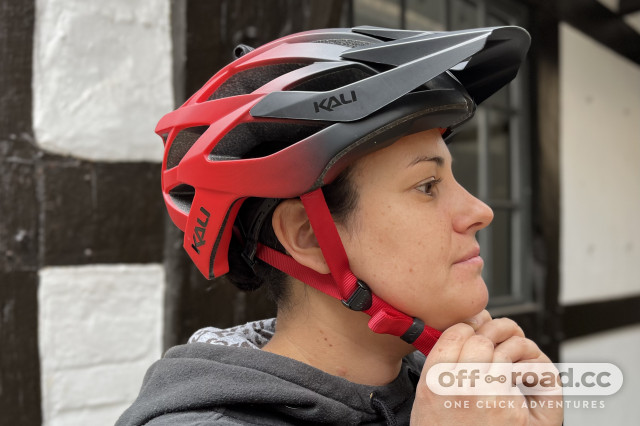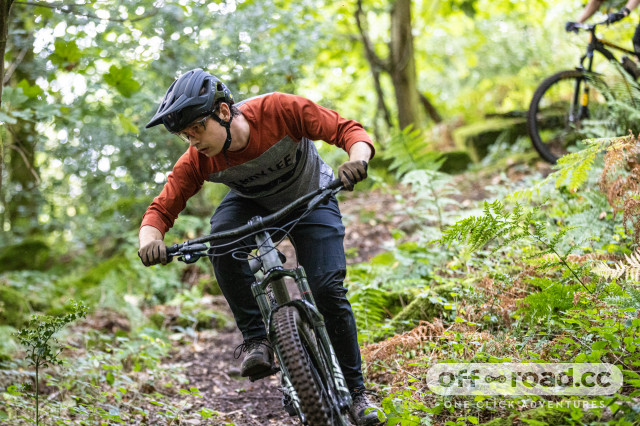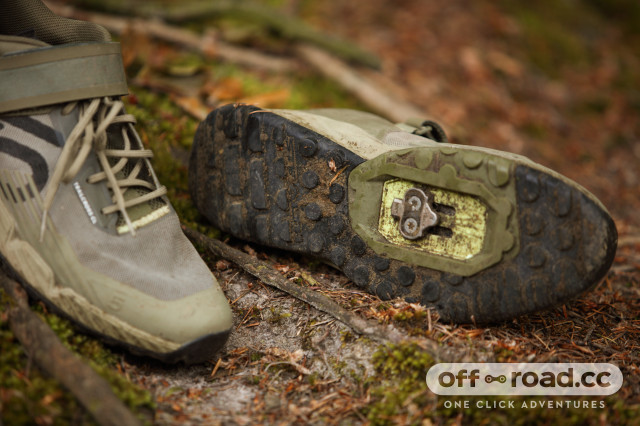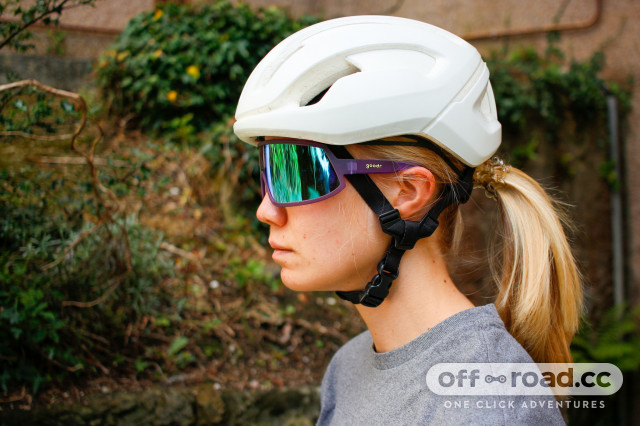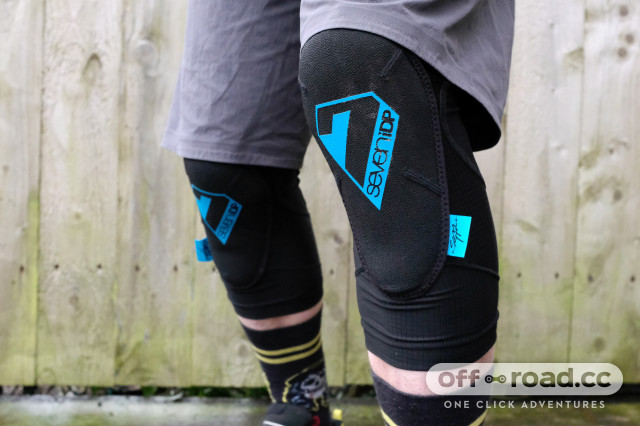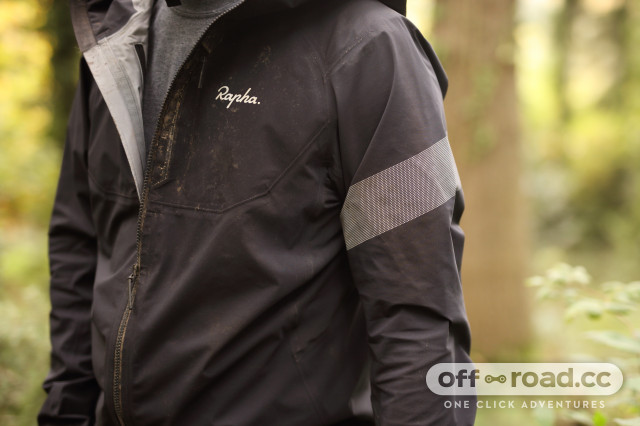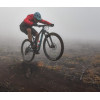Beginner mountain bike gear - everything you need to know
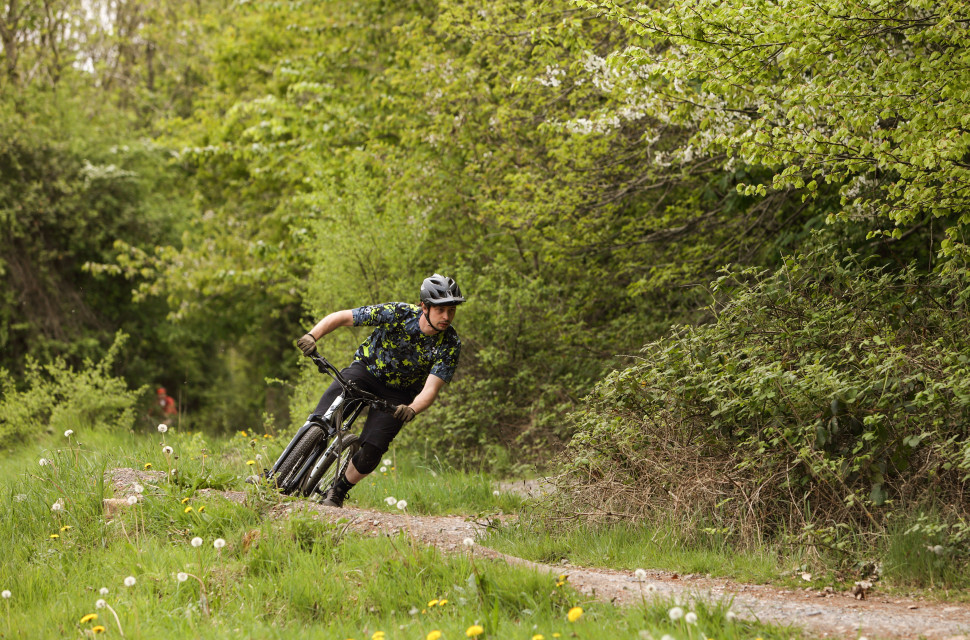
You’ve decided to buy the bike, join the tribe and embark upon the mountain biking lifestyle. But there’s much more to being a beginner rider than arriving at the trailhead with a bike.
Mountain biking is a comprehensively accessorised activity; you’ll need many peripheral bits to go riding. Our beginner mountain bike gear guide will help you navigate the must-haves and how to balance those requirements with your mountain biking activity budget.
Mountain bike helmet
The most crucial mountain bike accessory and one with a legal imperative in some countries. You can’t go trail riding without a helmet, and nor should you.
The best mountain bike helmets might look similar, but the pricing spectrum is broad. Almost all helmets feature the same EPS foam construction, which is light and sacrificial upon impact but the option of a rotational impact system makes two mountain bike helmets that appear the same vary in price. Some helmets feature a yellow inner-liner, the signature colour of the Swedish safety brand, Mips. This slip-plane layer disperses rotational energy in a crash and prices at a premium.
As a beginner, you should be worried about two things with helmet choice: fit and ventilation. Firstly, choose a helmet with easily adjustable fit dials and a solid buckle. Magnetic Fidlock buckles are a great choice but their ease of use comes with a small learning curve. Secondly: if you ride in a warm weather climate or are given to overheating on rides, make the ventilation port count a priority.
Mountain bike gloves
Hands are a crucial contact point for mountain bikers, especially during a crash. We all intuitively extend a hand to brace that fall and if your hands aren’t protected, you’ll suffer an easily preventable injury.
Glove preference is personal, but a thinner glove is best if you enjoy the more ‘direct’ feel of the mountain bike’s controls (shifter triggers, brake levers and grips). Want the most possible protection? Get a glove with enhanced palm and outer-sweep padding. Throw seasonality and temperature swings into the mix and something from the best winter cycling gloves category might also be a worthy consideration.
Riding with half-finger gloves is a mistake to be avoided. If you wear gloves, get full-finger gloves, for all the protection they offer.
The importance of hydration
Whether it’s a half-an-hour ride or a four-hour adventure, all mountain bikers need to remain hydrated and that means carrying your favourite liquid refreshment.
Aside from specialist downhill racing bikes, all mountain bikes have one or two of the best bottle cages on or below the front triangle. Some frames even have two but should you ride with a hydration bottle mounted to the frame or a hydration backpack?
The issue with hydration backpacks is that they move about when descending and can create a hotspot on your back, during a long ride. Bottles are best, allowing riders to carry hydration with the least disruption to their centre of gravity or discomfort.
Bike tools and accessories
You might be a beginner, but that doesn’t mean avoiding the responsibility of being mechanically independent on a ride. Modern mountain bikes and riding gear are incredibly dependable, but things can work loose or require adjustment during a ride.
A simple six- or eight-piece multi-tool is ideal for riders of all experience levels. Most cycling multi-tools have a selection of Allen keys and screw bits that can adjust most of the bits on your mountain bike, from brake levers to stem bolts.
Don’t be tempted by a cheap online tool or one at your local discount store. These feature inferior materials and will break at the crucial moment when you need them to remain true to purpose. A multi-tool from any reputable bike brand will feature forged bits that can be trusted and should remain functional for many riding seasons.
On-the-bike clothing
Mountain bike jerseys
There’s a lot more to the best mountain biking jerseys than fashion. Advanced fabrics wick moisture from your skin, keeping you cool when it's warm – and preventing that annoying damp feeling when riding in cold conditions.
Don’t choose your riding top based on a design or colourway. Prioritise fabric technology and moisture management, above all. There has also been a return to cycling’s original performance fabric – merino wool. Riders with sensitive skin might prefer the softer feel of a natural fabric top, made from a merino blend.
A mountain bike top should be loose, allowing freedom of movement on the bike. Pockets are a bonus, too, and should be zipped.
Mountain bike shorts, trousers or pants
The choices here are between bibs and baggies. For most newbie riders, the latter is best.
Bibs can be comfortable but look unflattering and awkward on most riders. They are also very fragile if you crash, tearing beyond repair. Riding baggies offers greater pocket storage options, looks cooler and has better crash survivability.
Be mindful of how your riding baggy adjusts around the waist. Velcro waist cord adjusters often wear poorly and exposed Velcro can scuff your riding top or gloves. Riding baggies with a slide locking button might be a bit dearer, but they are comfier and offer a more secure fit.
During the shoulder months and winter, many mountain bikers also opt to go the trouser/pant route to help stave off the cold and bad weather. Trousers also provide some protection from mud and trail debris.
Shoes and pedals
With the best mountain bike pedals, you are either learning proper technique with flats or using Shimano’s SPD clipless system.
Flat pedal shoes look like skateboarding sneakers and should only be judged on the quality of their rubber soles. Grippier is best. But be warned, gripper soles are softer and will wear faster. Flat pedals should have the largest possible platform in length and width, but not height. You want a shallow profile, to reduce the pedal’s tipping point and potential for terrain strikes.
Although all platform pedals were once aluminium, the latest polymer pedals offer great value, good performance and reasonable durability.
Riding clipless? Shimano’s SPD system dominates the market for a reason. Although three decades old, the original design remains mechanically flawless and matchlessly reliable. Newbie mountain bikers riding clipless shoes should not be bothered by weight. Choose a shoe that is comfy and breathes well.
Eye protection: glasses, sunglasses and goggles
Protective eyewear is an excellent idea, even if you don’t wear prescription glasses. Overhanging branches and trail debris flung by tyres can cause painful eye injuries.
There are many cheap activity eyewear options for riders with good vision. Be sure that the frame arms grip your temples tightly, or they’ll rattle out of position during a rocky descent. Lenses with small vent ports are handy to prevent fogging on those cool mornings
Personal protective equipment
You’ve got the crucial protective gear bits – a helmet and gloves – but what else increases confidence if you are a daring newbie rider? The best MTB knee pads will make you feel safer and more likely to lean the bike into corners, which is the correct technique.
A softshell knee pad is adequate for newbie riders who aren’t rushing into the most technical trails. These won’t offer much protection if you crash in very rocky terrain, but are lightweight, comfortable when pedalling and will prevent abrasion and potential infection if you come off on smooth singletrack trails.
All-weather gear
There’s a very romanticised image of mountain bikers and mud. But it can be a nightmare if you are riding in muddy conditions in the appropriate gear.
Weather should not limit your riding schedule, especially as a beginner wishing to gain all the possible trail-time experience you can. Breakthrough mountaineering fabrics have given mountain bike apparel designers a terrific choice of materials to create gear that keeps you riding snug and dry, through the worst conditions.
The dependable rain jacket is what you need. The best waterproof mountain bike jackets are moisture resistant, but the difference between an average and a great rain jacket is ventilation and foldability.
A rain jacket that can fold away small and stow easily will accompany you on many rides and when deployed, you want to have ample ventilation while it shields you, instead of turning your wet weather ride into an outdoor sauna experience.
